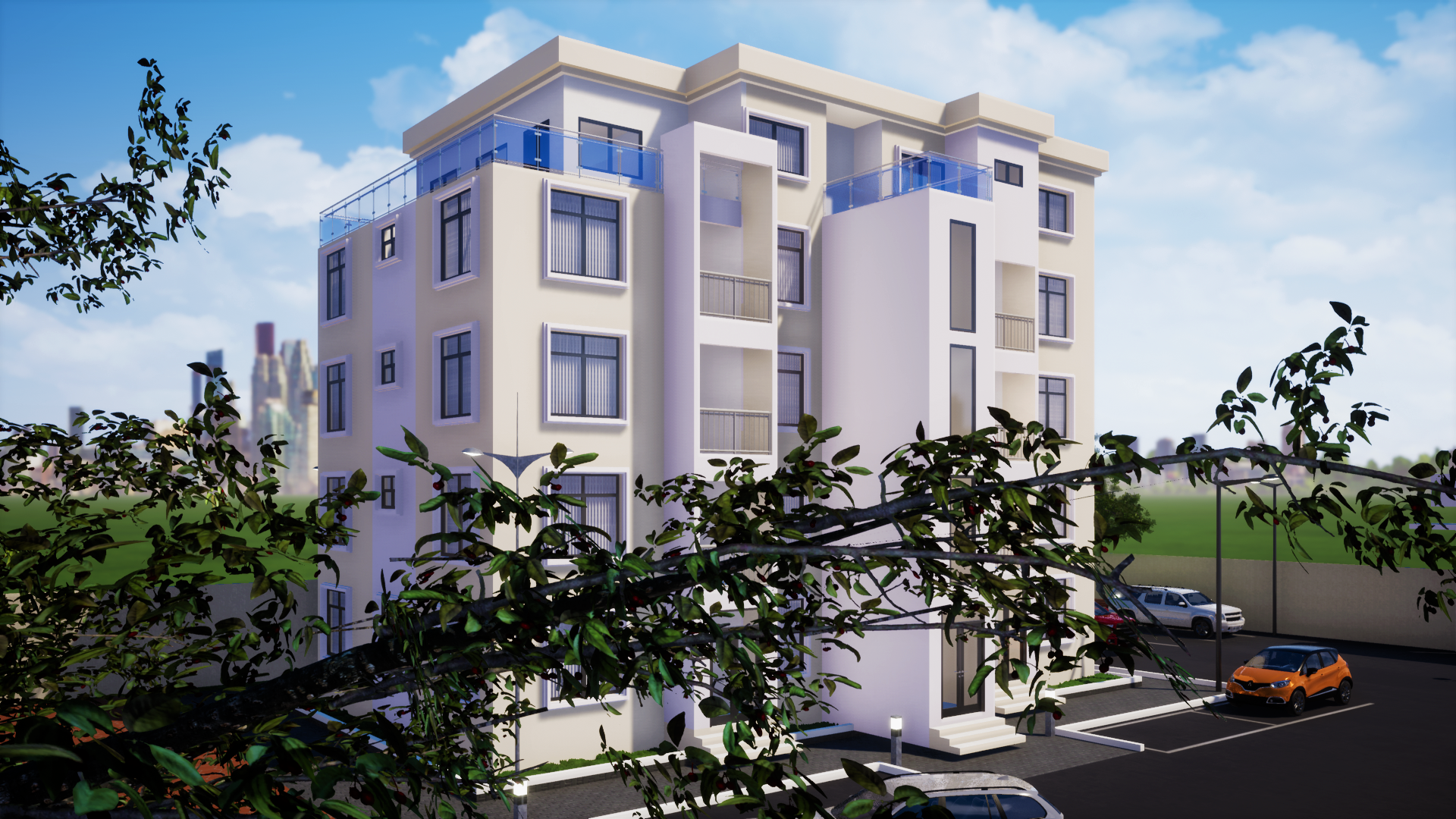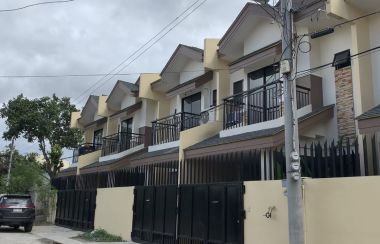Home-Price Growth Decelerated for the First Time in More Than a Year

The surge in home prices since early in the pandemic appears to be slowing down a touch.
Home-price appreciation in 20 of the largest U.S. metro areas came in at an annual rate of 19.7% in August, missing consensus estimates that called for a 20% increase. On a national level, home prices gained 19.8% year over year, according to Case-Shiller data out Tuesday morning.
Consensus estimates compiled by FactSet indicated the popular gauge of home–price appreciation would show prices in the 20-city index continuing to grow at a record pace. The 19.7% reading in both the 20-city seasonally-adjusted and unadjusted indices—while still high in historic terms norms—represents the first month-over-month deceleration in annual home-price growth since June 2020. The figure for July was about 20%.
According to the Case-Shiller data, the city with the swiftest annual gain in August was Phoenix, where prices rose 33.3% from August 2020. Prices in San Diego, Tampa, and Dallas also grew quickly, gaining 26.2%, 25.9%, and 24.6% from year-ago levels, respectively. Even the cities that experienced the lowest year-over-year price appreciation saw significant gains: Home prices in Chicago, Minneapolis, and Washington grew at an annual 12.7%, 14%, and 15.1% respectively, according to the release.
On a national level, home prices rose 19.8% on an unadjusted basis, in line with July’s annual gains.
August’s index reading echoes other data indicating a slight slowdown. The monthly FHFA House Price Index, also released on Tuesday, showed annual home price gains in August were 18.5% on both a seasonally-adjusted and unadjusted basis, representing slower annual price gains than the previous month.
And the National Association of Realtors said that the median home-sale price in September was 13.3% higher than the year prior—a high pace of growth historically, but slower than in previous months.
The data could indicate that the summer residential real-estate frenzy, fueled by low home inventory and high demand, is cooling.
“While demand remains strong and buyers are still generally paying more for homes than asking price, the slowing acceleration in home prices suggests that buyer fatigue is setting in, particularly among higher-priced homes where the acceleration in price growth from the previous month has been larger compared to low tier homes,” CoreLogic Deputy Chief Economist Selma Hepp said following the release Tuesday.
There have been other signs of diminishing competition to own a home. Buyer traffic, as reported by the National Association of Realtors in the trade group’s September Realtors Confidence Index Survey, softened slightly from the month prior. And a Redfin gauge of what share of sales involved bidding wars in September came in at the lowest level this year.
The deceleration doesn’t necessarily mean that it will become cheaper to buy a home. Freddie Mac’s most recent quarterly forecast, released earlier this month, predicts that home prices will continue to rise in 2022, although at a slower clip than in 2021.
Lynn Fisher, deputy director of the FHFA’s division of research and statistics, said the agency’s latest data suggests the rate of increase in prices may have peaked, though it doesn’t mean prices are at risk of falling.
Mortgage rates have risen from their all-time lows earlier this year, making it harder to afford housing. The average rate on a 30-year fixed-rate mortgage passed 3% in late September and was 3.09% last week.
In a recent panel hosted by Mansion Global, Realtor.com economists Danielle Hale and George Ratiu discussed the outlook for price growth in the medium term. The economists said annual home-price growth could weaken or decline in the next 18 months, but they expect prices to remain relatively high due to fundamental supply and demand factors. (Mansion Global, Barron’s, and Realtor.com operator Move Inc. are all owned by News Corp.)
Corrections & Amplifications: Home-price gains in the 20 cities Case Shiller tracks slowed down for the first time since June 2020. A previous version of a chart included in this article incorrectly said it was the first deceleration since May 2020.




.jpg)









































